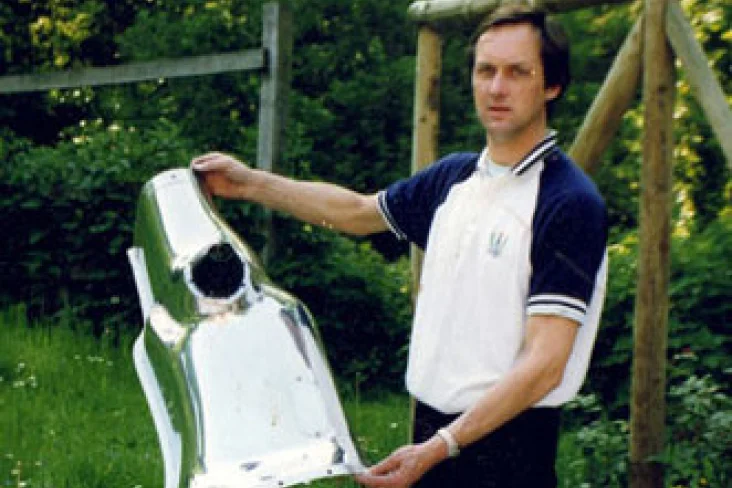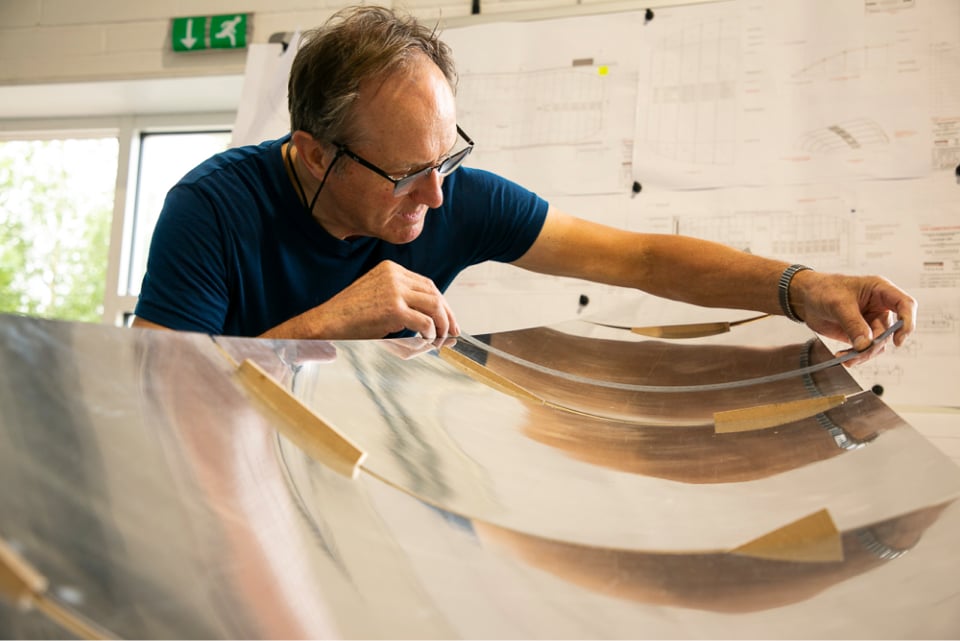Our Story
A unique, decades-spanning dedication to extraordinary metalwork.
DMark’s origins are in Don Standhaft’s decades of experience in the fabrication, refurbishment, styling and repair of classic and vintage car bodywork and parts, from the late 1960s to the present day with his son Mark.
DMark’s ever-expanding repertoire and renown as the go-to for even the most demanding of projects has, in more recent years, prompted in-depth collaborations and partnerships with a wider client portfolio including contemporary artists, designers and architects, a rock star, and the Saudi Royals!

Don Standhaft
Don launched Specialist Historic Panels in 1989, on the back of a burgeoning reputation, and over the next 20 years worked on some of the most prestigious classic and vintage cars in the world – among them, Chris Rea’s Le Mans TRI61 Ferrari, and a Lagonda v12 Gunville Special for Joe Harding.
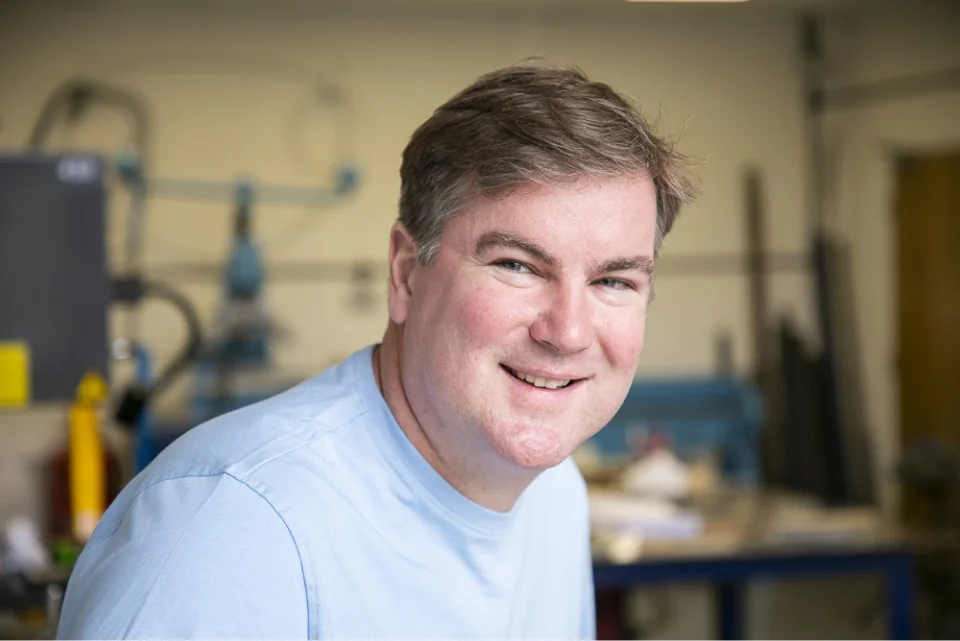
Mark Standhaft
By 2006, son Mark (already highly accomplished in the field) had been working closely with Don for several years, and DMark was established. Projects and commissions continued to diversify, thanks to the business’ proven mastery of – and innovation with – all kinds of high-end metal craftsmanship.
Timeline
2006
Next-generation expertise
By 2006, son Mark (already highly accomplished in the field) had been working closely with Don for several years, and DMark was established. Projects and commissions continued to diversify, thanks to the business’ proven mastery of – and innovation with – all kinds of high-end metal craftsmanship.
Today, the portfolio and profile continues to grow beyond the purely automotive, and includes antique pieces and fine-margin componentry, right up to large-scale structural ‘installations’ such as the recently completed rooftop Private Bar space the ‘Napier Room’, at the 5-star luxury hotel, Peninsula London in Belgravia. There’s also an increasing demand for expertly handcrafted showcase pieces, such as those exhibited at the Masterpiece Fair’s in London.
Meanwhile, the consultation aspect to DMark’s offering has grown with each project, informed not just by expertise, but also by an almost obsessive attention to the details that matter – and by decades of problem-solving and specialist interventions on complex projects. This has already proven invaluable to many clients’ capacity to deliver ambitious and/or intricate projects, or to realise their own.
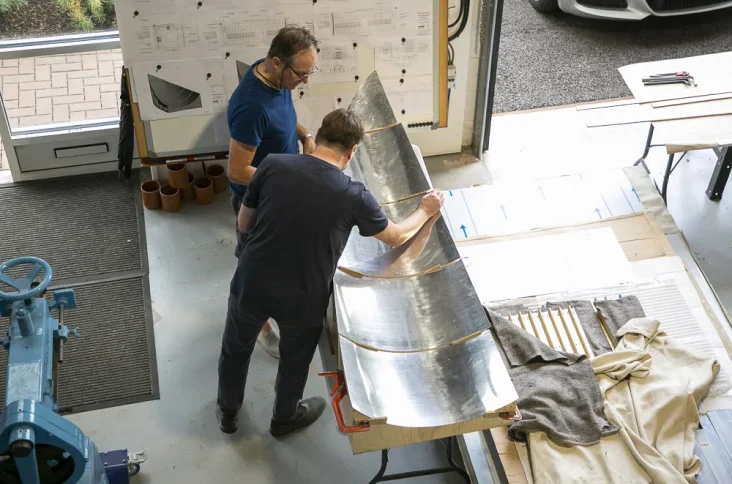
1991 - 2006
Tarrant Gunville
In 1991, Don relocated to Tarrant Gunville, and soon began taking on staff. Work such as Chris Rea’s Le Mans TRI61 Ferrari kept him busy, but in December 1994 Don’s son Mark was diagnosed with leukaemia, which obviously took Don’s focus away from the business, and was highly stressful. The team carried on, and Southampton General Hospital ensured Mark recovered well. Don remains hugely thankful to this day…
Bournemouth and Poole College then contacted Don about providing specialist input for its BTEC Historic Vehicle Restoration Course. Within a couple of months Don was running all the practical aspects of the course, and did for the next six years. He even took on evening classes to meet demand! Two students, Ben Andrews and Matt Edley, went on to work for Don.
Work continued to come Don’s way. Not only on vintage or classic cars, but also one-off pieces, components, parts and antiques.

1989 - 1991
Verwood – Specialist Historic Panels
Don decided to start Specialist Historic Panels (SHP) in 1989 when Roly Nix stopped motor racing. Don had acquired many contacts from the racing days, and there was high demand for his skills and panelling – so he bought a workshop, relocated to Verwood, and started trading. He continued working for the likes of Aston Service Dorset, John Chatham and Denis Welch, and made further connections across the vintage car world.
Don’s work at this time was principally Austin Healey shrouds and panel repairs, and Don would typically make a delivery only to pick up more work. He also began to attract more vintage car re-panelling and coachbuilding projects, such as Aston Service Dorset’s Lagonda M45, Mr. Harris’ 1911 Daimler and McKenzie Guppy’s GN Martyr. Don also began working on larger projects, such as Joe Harding’s Lagondas.
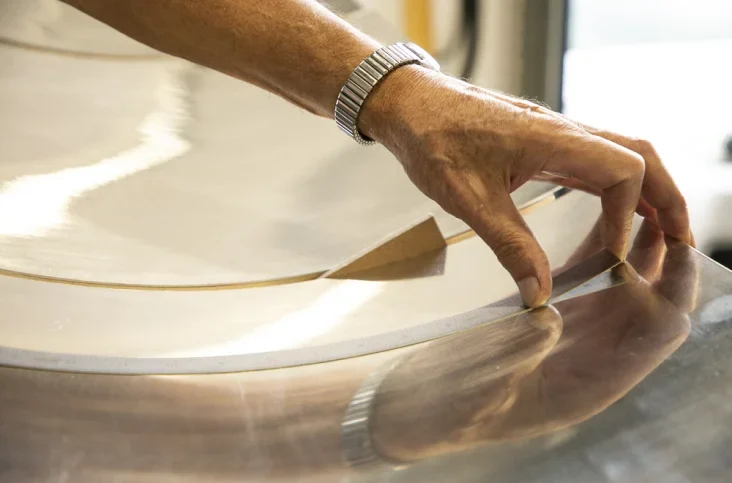
1986 - 1989
Private collection
Don first met Roly Nix at Emblem Sports Cars, when Emblem re-built, two Ferraris and a Jaguar XJS for him, and ended up working for him at Wessex Garage Doors Historic Racing – building and maintaining his collection of racing cars on and off the track all over the UK and Europe. It was hard work, long hours and weekends away, but worth it for the buzz of seeing the cars doing so well out on the track.
During this period, Don met Denis Welch, Vin Melkie, John Chatham and many more well-known historic racing drivers and engineers, all of whom Don stayed in touch with and worked with.

1986 - 1989
Emblem sports cars
After some time in the regular accident-repair world, Don felt his skills were not being fully realised, so he took an opportunity to work for Emblem Sports Cars, a Ferrari dealership in Dorset.
Emblem had just begun customising and styling Ferraris and Jaguars, as well as some Porsches and Mercedes, and had clients all over the world. Don was far more at home using his panelling and creative skills again, and quickly turned his focus to his clear strengths, working primarily on aluminium for body parts and panelling. Don re-styled the Emblem Ferrari 512 BB ‘Boxer’ and numerous 308s, including a 308 GTS QV belonging to Saudi Arabia’s Prince Naif.
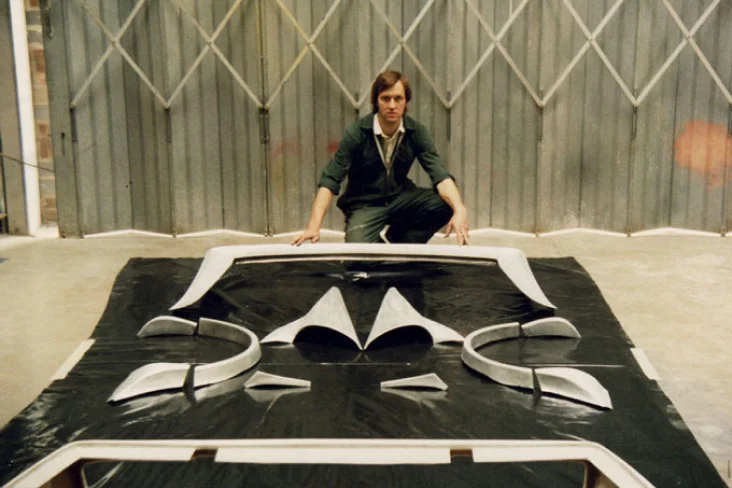
1983 - 1986
The early years
After finishing his apprenticeship with BCT, Don worked for various main dealerships in their accident repair shops. Don worked briefly with John Handford, who had also been at BCT, and with whom he remains great friends.
During the mid 70s, Don also met and worked with Pete Whild, a hugely talented and creative man, who taught him a lot about planishing. Pete was able to make a zen-like connection with planishing and finishing, always looking for that sweet spot. Don and Pete are also lifelong friends.
1966 - 1971
Don’s apprenticeship
Looking back at his apprenticeship at Bournemouth Corporation Transport (BCT), Don recognises it as a very unique place and time. There was a department for every aspect of coachbuilding/body-building, and after spending the obligatory amount of time in each of them, he focused on the panel shop.
This is where he’d help make and repair all the panelling for buses, coaches, trolley buses, fire engines, ambulances and civil defence vehicles. There were no off-the-shelf panels for the vehicles in those days… everything was handmade, and it was clear to Don that the guys that taught him had a huge amount of knowledge.
